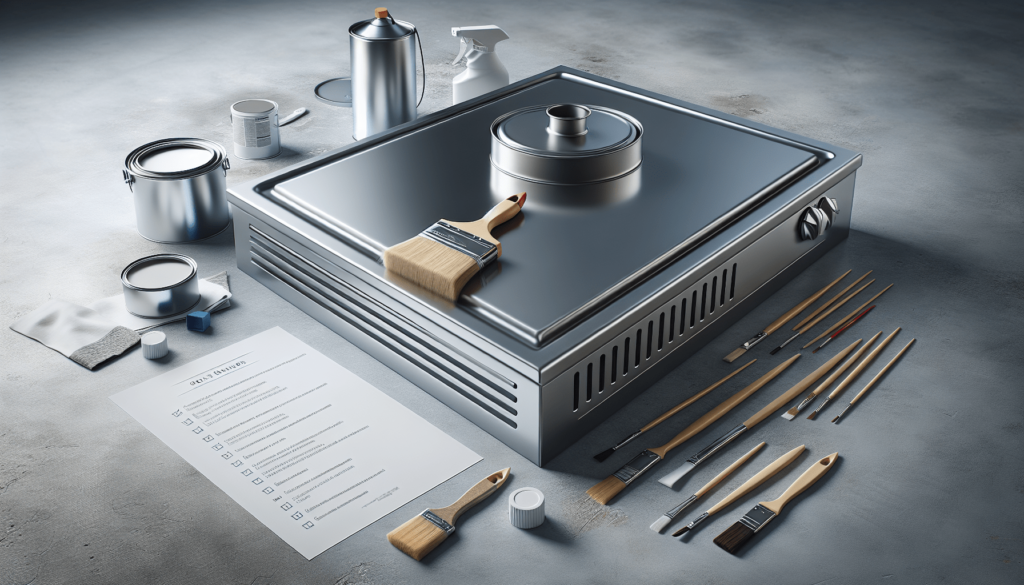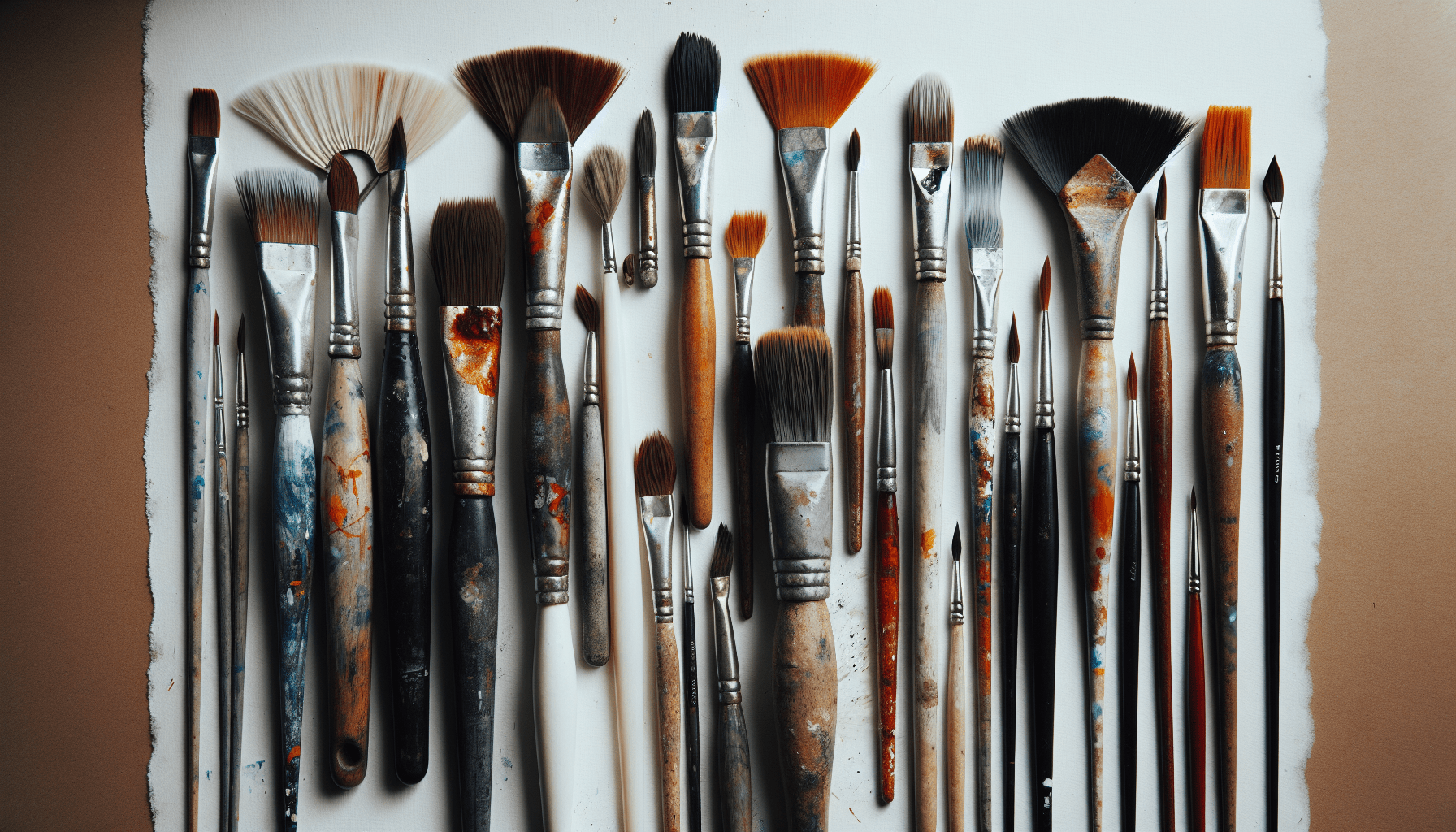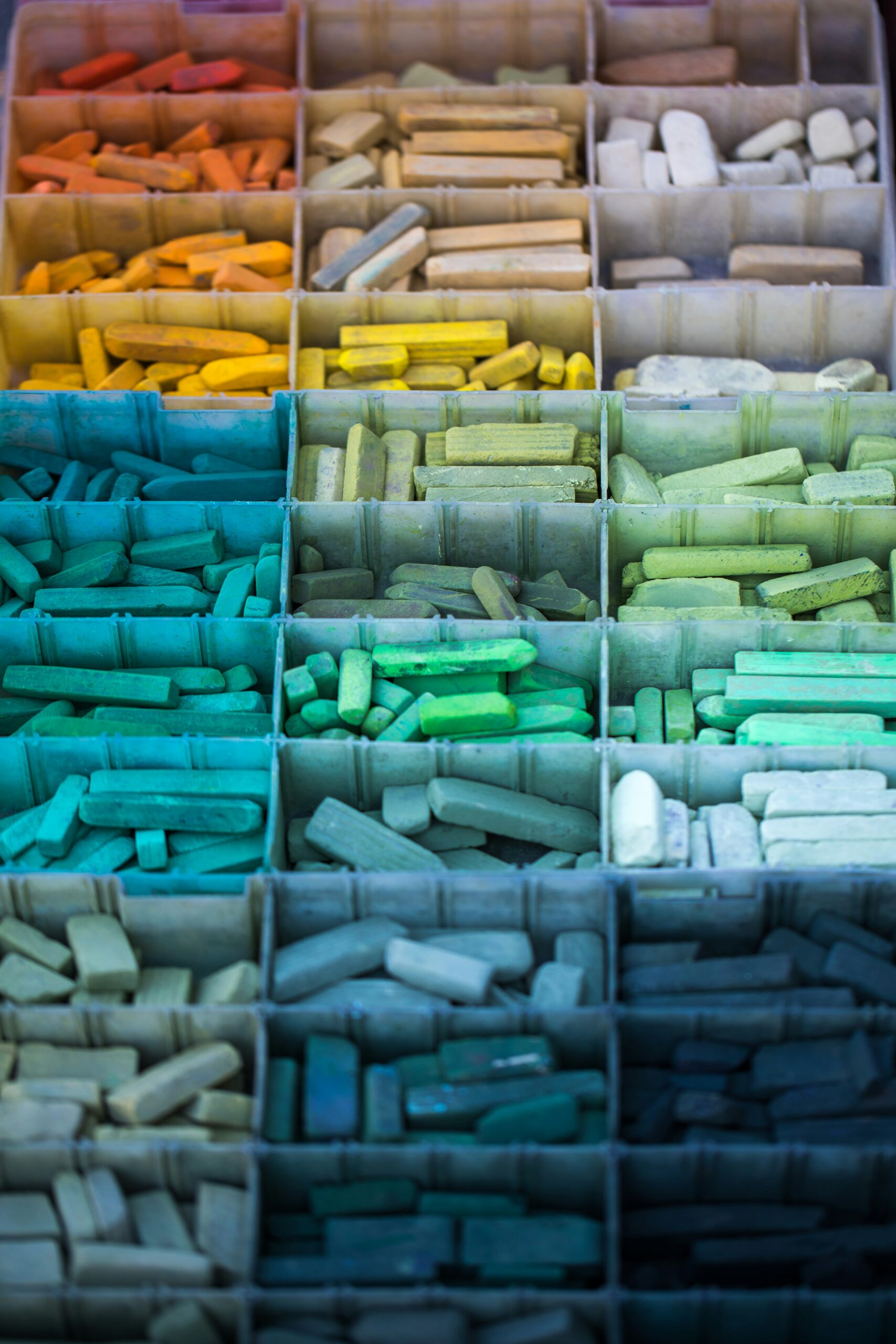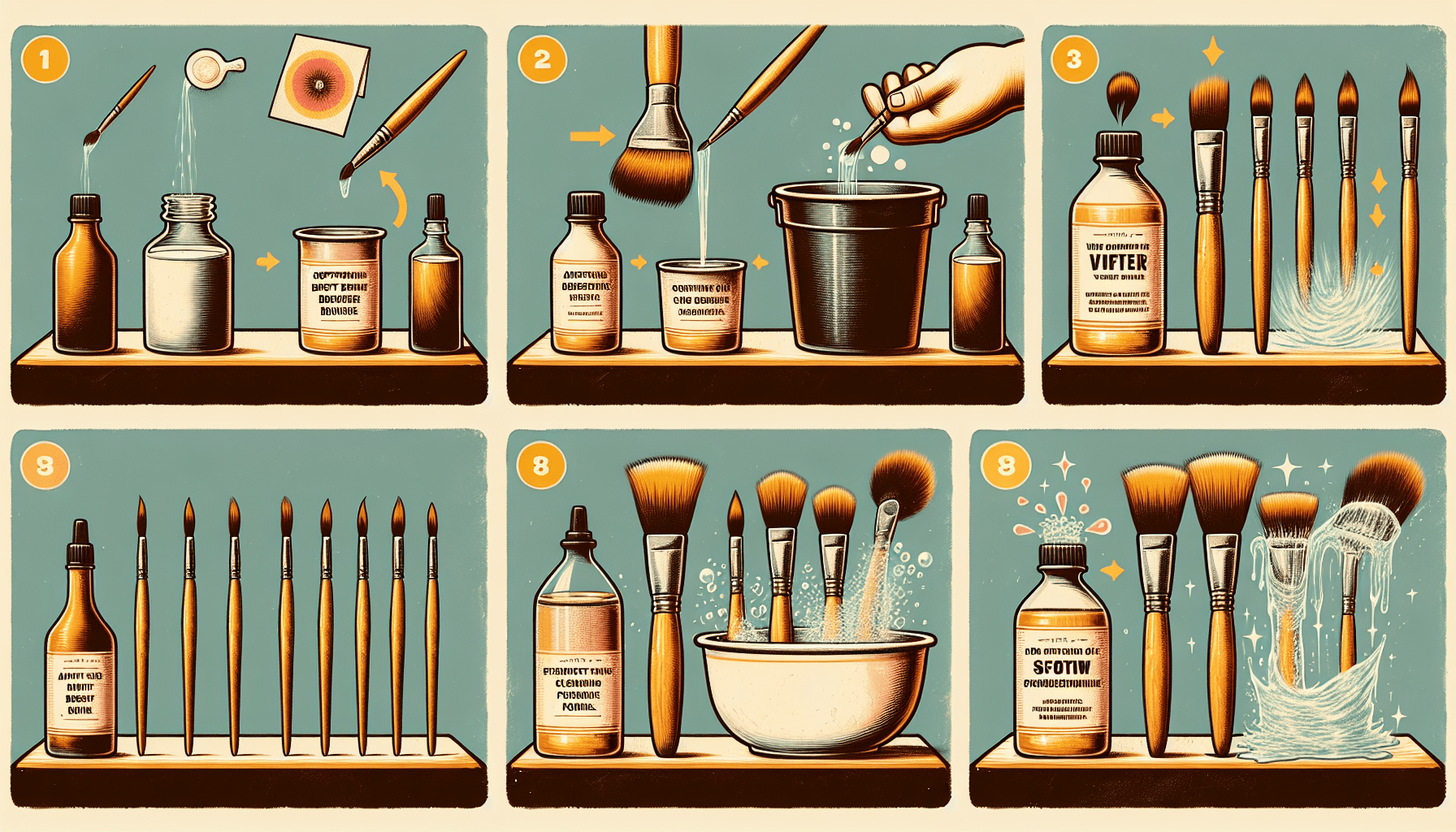In the pursuit of creating a truly bespoke kitchen aesthetic, you might find yourself considering unconventional methods to achieve your vision. The article, “Can You Paint A Range Hood With A Brush” offers a thorough exploration of one such approach. Packing informative details and practical recommendations, this piece provides a comprehensive guide that breaks down how you, too, could potentially repurpose an ordinary paintbrush to transform your range hood. Whether you are a novice DIY enthusiast just starting out or an experienced hand, this insider perspective will equip you with the insights needed to assess the feasibility of painting your kitchen range hood using a brush.

Preparation
Before embarking on your range hood painting project, the first and most critical step would be preparation of the surface to be painted.
Select the right paint
Depending on the materials and the look you desire for your range hood, the choice of the correct paint is essential. Two popular choices are latex or oil-based paint, both having their pros and cons. Latex is water-based, easier to clean up, and tends to be less toxic and have fewer fumes than oil-based paint. On the other hand, oil-based paint is excellent at hiding imperfections on the surface and tends to be more durable over time but requires solvents for clean-up.
Clean the range hood
Before painting, it’s crucial to ensure your range hood is as clean as can be. This involves removing dirt, grease, and dust that may have settled on the range hood over time. Skipping this step might lead to the paint not adhering properly to the surface. You can use a mild detergent, dish soap, or degreaser and a soft cloth for this step.
Remove any existing paint or coatings
Removing any lingering paint or coating is necessary for the new paint to stick to the surface effectively. You can use a high-quality scraper or sandpaper to do this. Ensure you remove as much of the old paint or coating as possible for the best results.
Masking and Protection
To protect surrounding surfaces from accidental paint splashes or drips, proper masking and protection are in place.
Cover surrounding areas
Use a painter’s tape to mask off the areas that you do not want to paint. Cover your surrounding walls and cabinets with plastic sheets or old newspapers to prevent any accidental paint drips from landing on your kitchen surfaces.
Protect the kitchen and countertops
You should also be sure to protect your kitchen and countertops. Cover them with a drop cloth or heavy-duty plastic to prevent any possible spillover from damaging these areas.
Priming
Priming is a crucial step in the process as it allows the paint to adhere better, giving a more polished, finished look.
Choose a suitable primer
You should select a primer based on the paint you intend to use. If you’ve chosen an oil-based paint, use an oil-based primer; if you’ve chosen a latex-based paint, use a water-based primer. The primer’s role is to provide a stable base for your paint.
Apply the primer evenly
Apply the primer in an even layer across the entire surface. This allows the paint to adhere better, giving a more polished, finished look. Allow the primer to dry completely before proceeding to paint.
Painting
Once you’ve prepared and primed the hood, you come to the most exciting part – painting it.
Select high-quality paint
Choosing high-quality paint can mean the difference between a range hood that peels or fades over time and one that maintains its fresh appearance even with heavy use. Be sure to choose a paint with a finish appropriate for a kitchen environment, such as gloss, semi-gloss, or satin.
Use a brush suitable for the type of paint
Your choice of brush matters. For latex-based paint, you can use polyester or nylon brushes, while natural bristle brushes work best for oil-based paint.
Apply thin coats
When applying the paint, be sure to apply thin, even coats. This ensures better adhesion and a longer-lasting finish. It can be tempting to try and cover the entire hood in one layer, but patience here will pay off with a smoother, more professional look.
Allow each coat to dry before applying the next
Allow each coat to dry fully before applying the next. This step is essential to ensure the longevity of your painter. Rushing this stage can result in wrinkles or bubbles in the paint, ruining the look of your freshly painted range hood.

Finishing Touches
Now that you have applied the paint, it’s time for some fine-tuning to make sure everything looks perfect.
Inspect for any missed spots
Do a careful examination of your painted range hood. Look for any spots where the paint might not be evenly applied or any places you might have missed altogether.
Make necessary touch-ups
If you identify any missed spots or areas where the paint isn’t even, now is the time to fix it. Use your brush to apply more paint in these areas, then wait for it to dry.
Remove masking and protection
Once you’re satisfied with the result and the paint has completely dried, slowly remove all the painter’s tape and protection sheets. Be extra careful to not accidentally peel off the fresh paint with the tape.
Cleaning and Maintenance
Once your freshly painted range hood is in place, keeping it in good condition is crucial.
Clean the painted range hood regularly
Just like any other part of your kitchen, your newly painted range hood should be cleaned regularly. This will help prevent the build-up of grease and dust, which could impact the finish of your paint.
Avoid abrasive cleaners or scrub brushes
Avoid using abrasive cleaners or stiff brushes on your painted range hood, as they could scratch or damage the paintwork, leaving it looking worn and chipped.

Advantages of Brush Painting
While painting a range hood with a brush might require a bit more work than other methods, it comes with some distinct advantages.
Control and precision
Brush painting allows you far more control and precision than other methods. You can apply the paint exactly where you need it and avoid areas where you don’t.
Ability to reach tight corners and edges
Brush painting is ideal for getting into tight corners and edges that might be difficult to reach with a spray or roller.
No overspray or masking required
Unlike spray painting, brush painting doesn’t cause any overspray, and less masking is required, which makes the process less messy.
Disadvantages of Brush Painting
Despite its advantages, brush painting also has a few drawbacks worth considering.
Longer application time
Brush painting a range hood generally takes longer than using a spray or a roller, meaning more time and patience is needed.
Visible brush strokes if not done properly
If the paint is not applied carefully and evenly, it can result in visible brush strokes. This can make your finished range hood look less appealing.

Considerations
Before undertaking brush painting of your range hood, there are a few things you ought to consider.
Material of the range hood
Different range hood materials require different types of paint and primers. Ensure you choose the correct type that is compatible with your range hood material.
Existing finish or paint
If your range hood already has a finish or coating, you will need to remove this before applying your new paint. The new paint will not adhere properly if there’s an existing finish.
Personal skill and experience in painting
Your ability to paint will also play a significant role in how your project turns out. If you have never painted before, it might be better to go with spray painting or hire a professional.
Alternative Methods
If you decide that brush painting your range hood isn’t for you, there are other methods you can consider.
Spray painting
Spray painting is a quicker alternative to traditional brush painting. It can give a smoother finish and evenly coat the surface. However, it can create “overspray” that may require more prep work and masking.
Roller painting
A paint roller can also give a smooth finish, much faster than a brush. However, it may not work best for range hoods with tight corners and hard-to-reach areas.
In conclusion, painting a range hood with a brush is absolutely possible and allows for a lot of precision and control. Following these steps and considerations will ensure a successful painting project and a fresh, new look for your kitchen!




